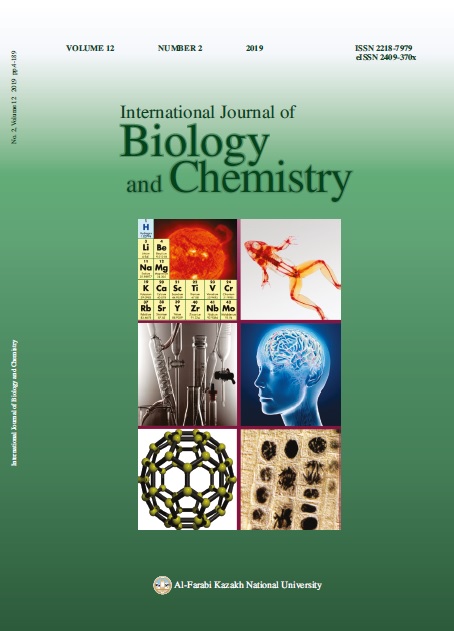Thin layer drying models, antioxidative activity and phenolic compounds of rose petals (Rosa damascena Mill.) in tray dryer
DOI:
https://doi.org/10.26577/ijbch-2019-i2-19Abstract
The drying behavior of the Damask rose (Rosa damascena Mill.) petals in a thin layer hot air drying at 35, 45 and 55°C and 0.4, 1.2 and 2 (m·s-1) air velocity levels, was investigated. The Midilli was the most suitable model among 14 different thin-layer models for showing the thin-layer drying characteristics. At the experimental temperature (35-55°C) and air velocity levels (0.4, 1.2 and 2 m·s-1) the effective moisture diffusivity was 2.02×10-12- 11.3×10-12 (m2·s-1) and the activation energy varied from 56.3 to 64.5 (kJ·mol-1). Total anthocyanin content (TAC) ranged 77-240 (mg·L-1). The rose petal extracts showed higher DPPH (59.51%) and lower FRAP (1213.24 μmol(Fe+2)·L-1), at an increasing temperature from 35 to 55°C. Results showed that the higher temperature caused less TAC. At 45-55°C and air velocities 0.4-1.2 (m·s-1) the number of anthocyanins increased significantly, but at air velocities, 1.2- 2 (m·s-1) a decrease was observed.
Downloads
How to Cite
Issue
Section
License
ааа

















